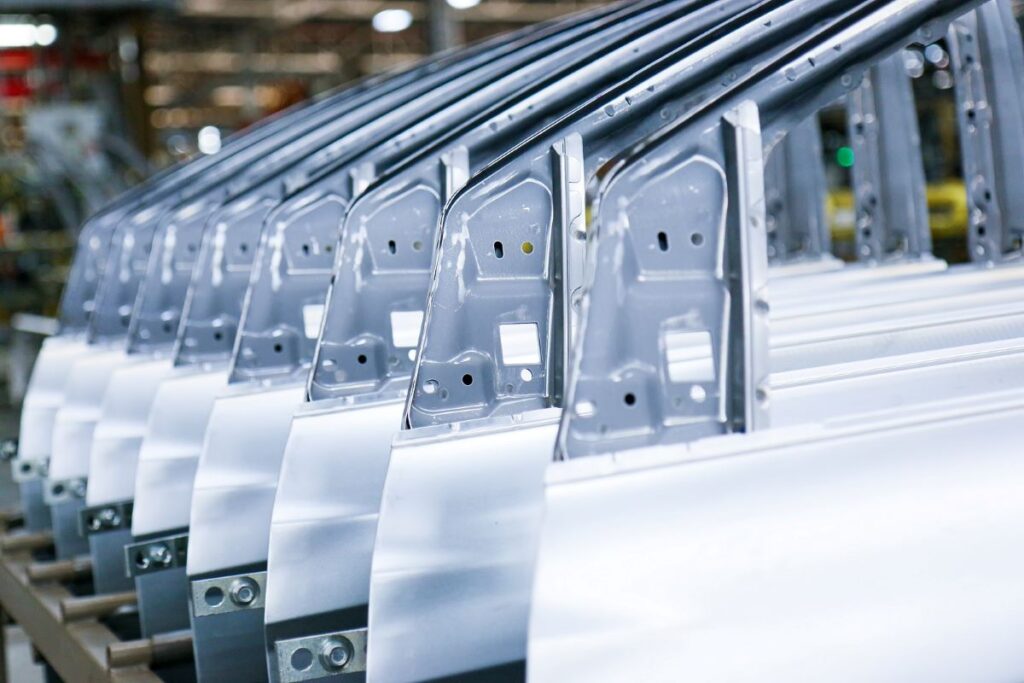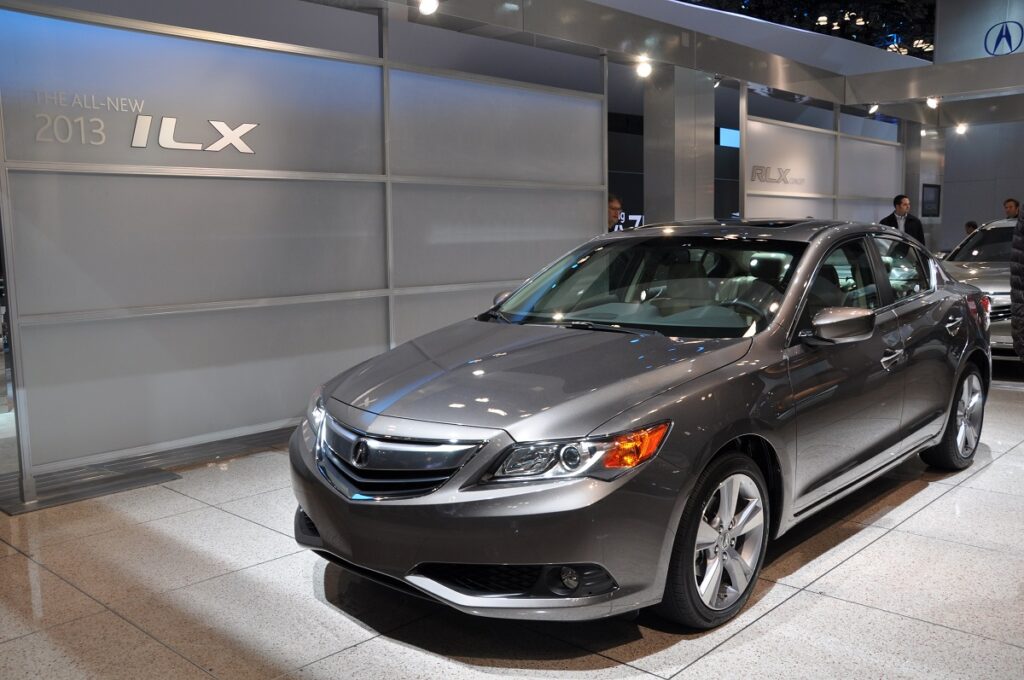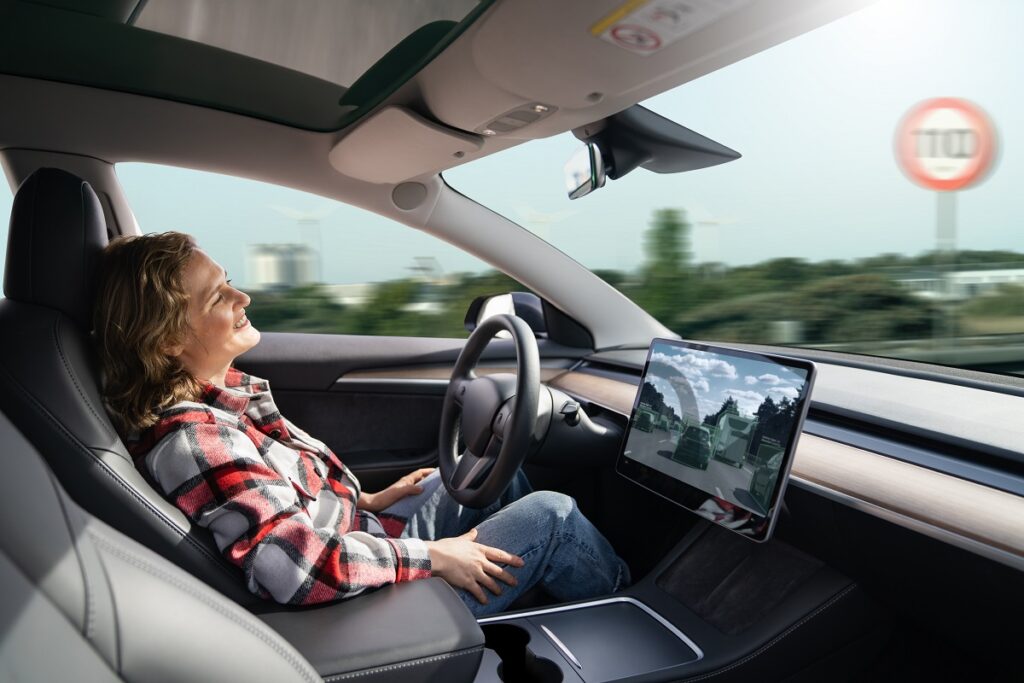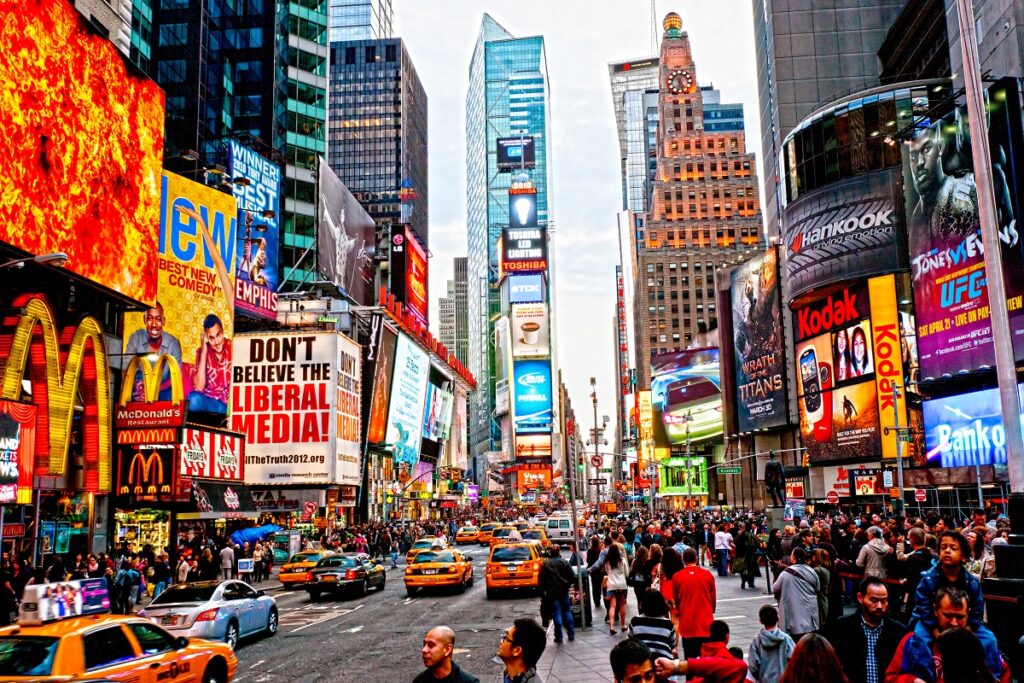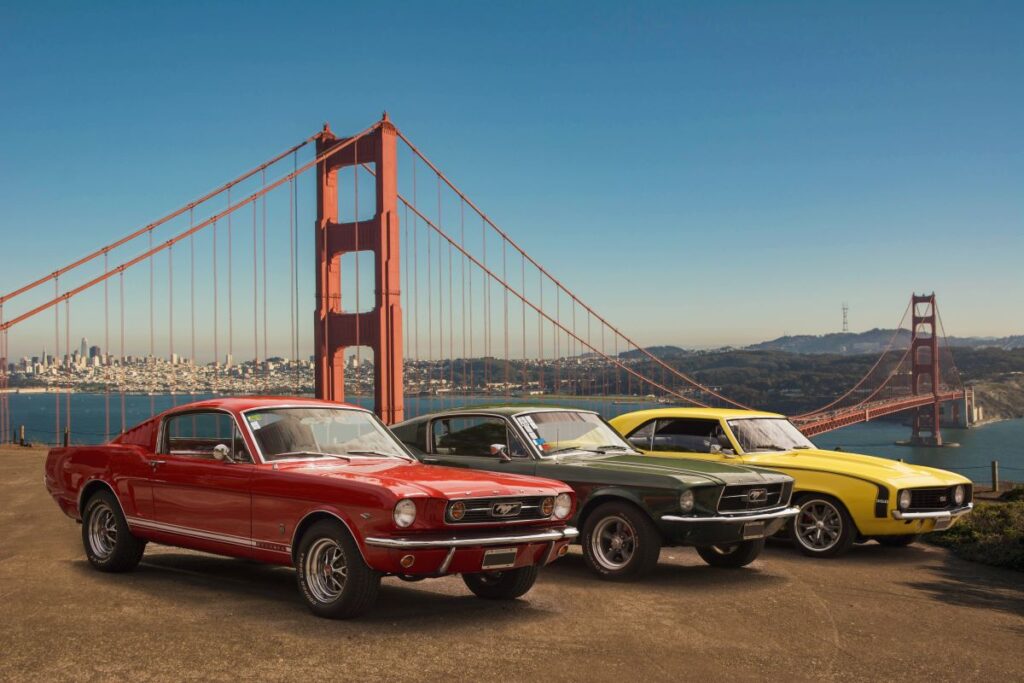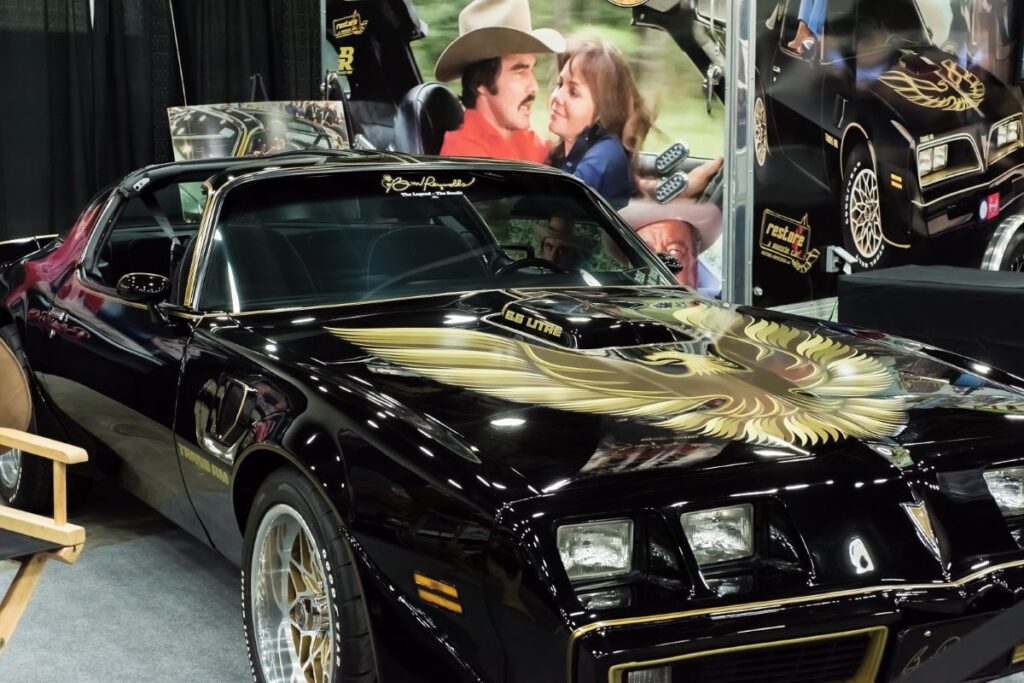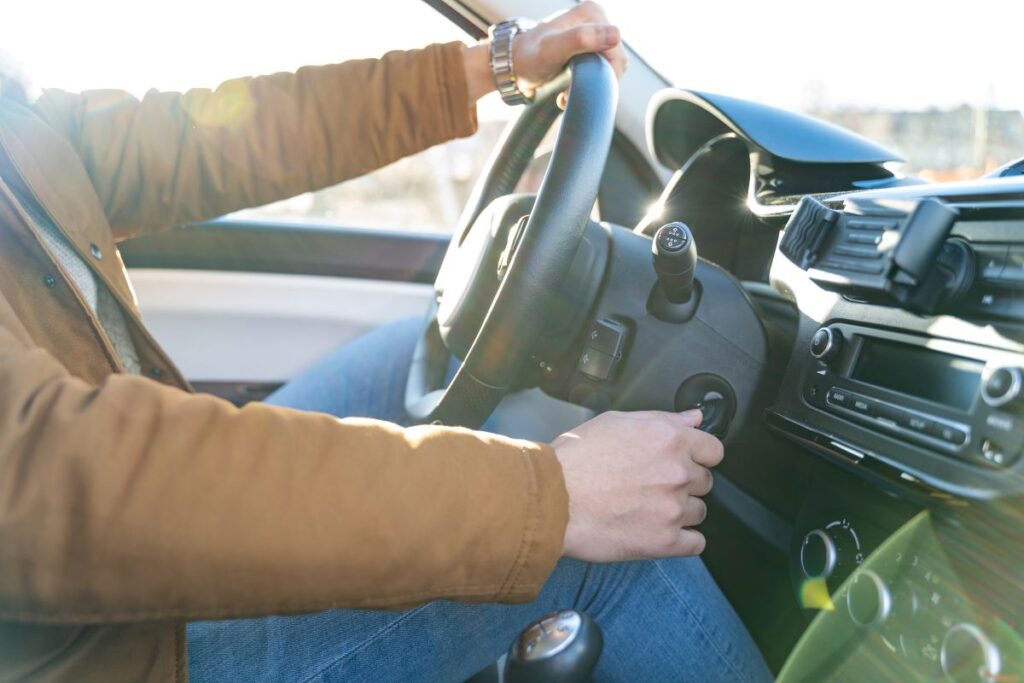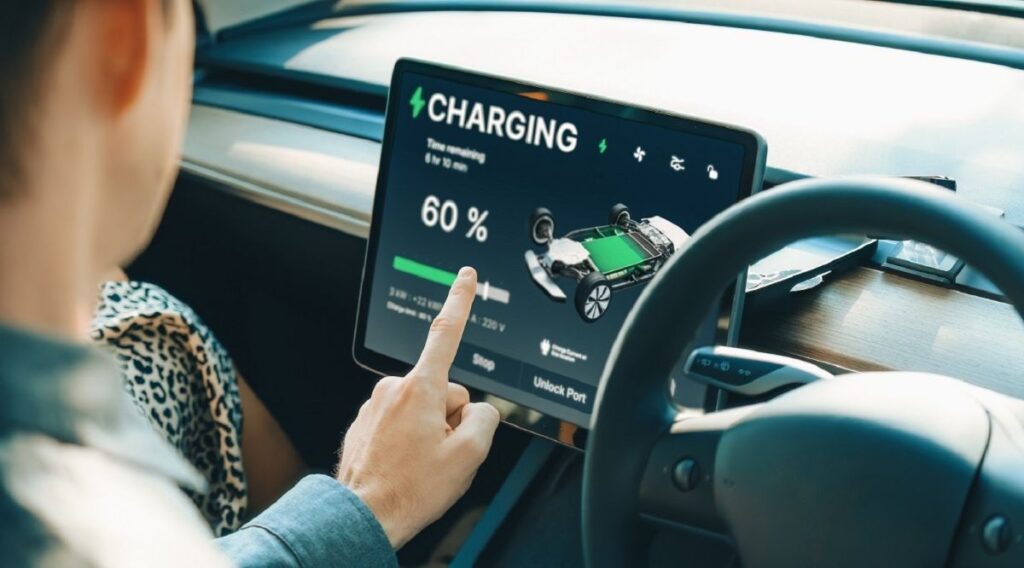The transition from fantastical science fiction concepts to tangible, on-the-road vehicles has been swift and transformative. Here are 18 key developments in the evolution of futuristic vehicles and their profound impact on everyday life.
1. Autonomous Cars
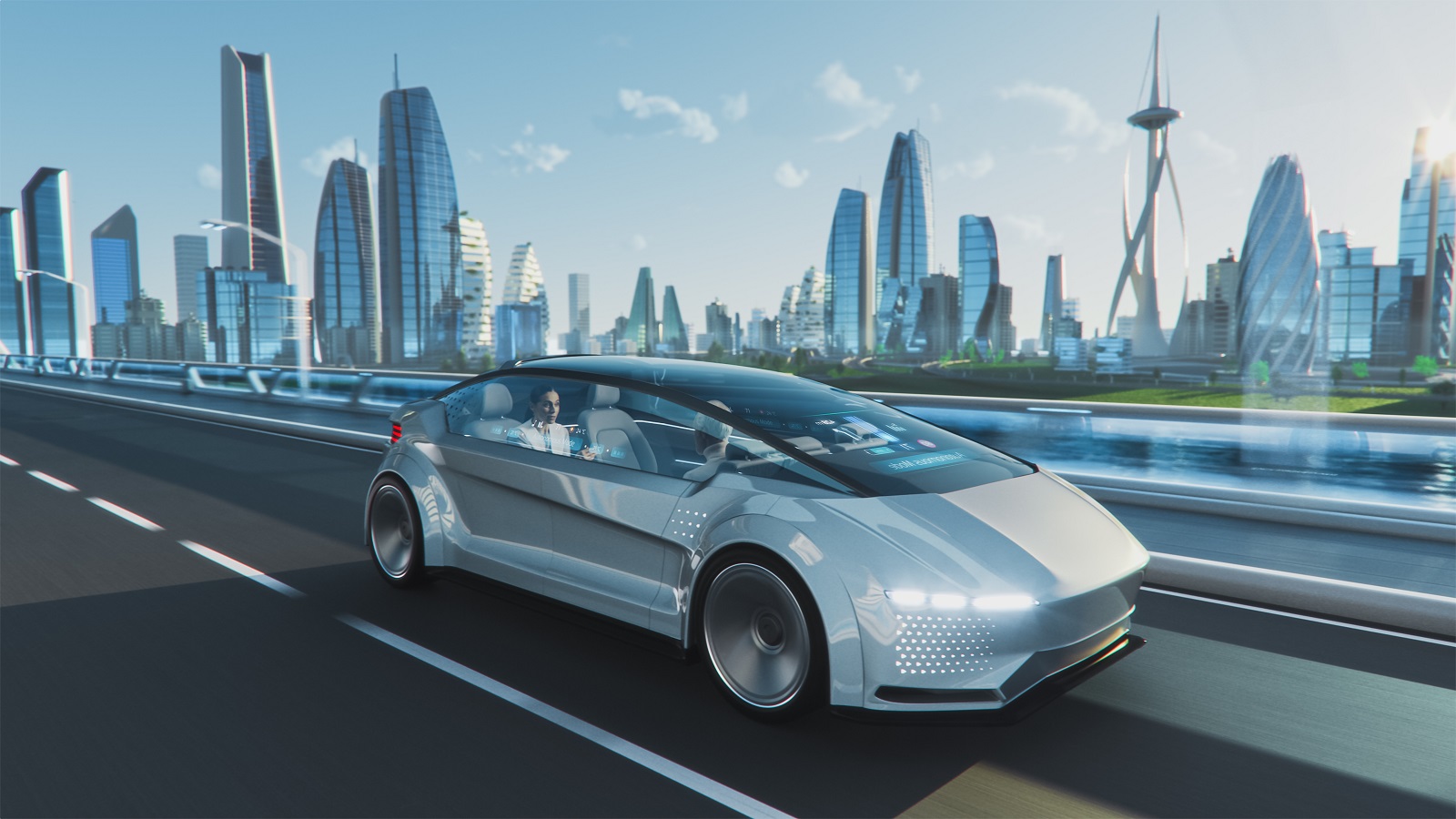
Self-driving cars, once a staple of sci-fi, are now being tested on public roads, promising to reduce accidents caused by human error and transform personal transportation.
2. Electric Vehicles (EVs)
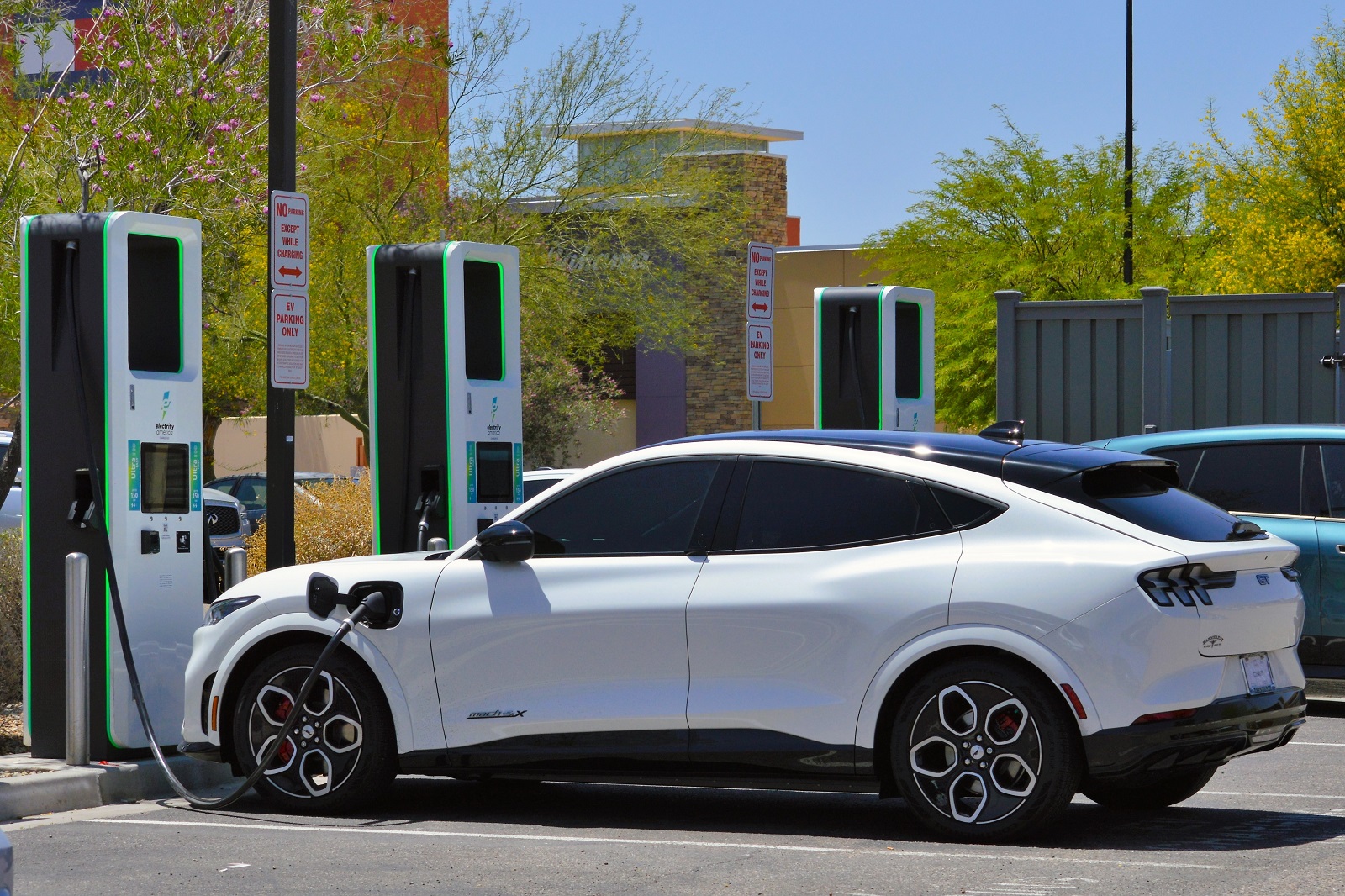
EVs, popularized by companies like Tesla, are reducing reliance on fossil fuels and lowering emissions, leading to cleaner air and a healthier planet.
3. Flying Cars
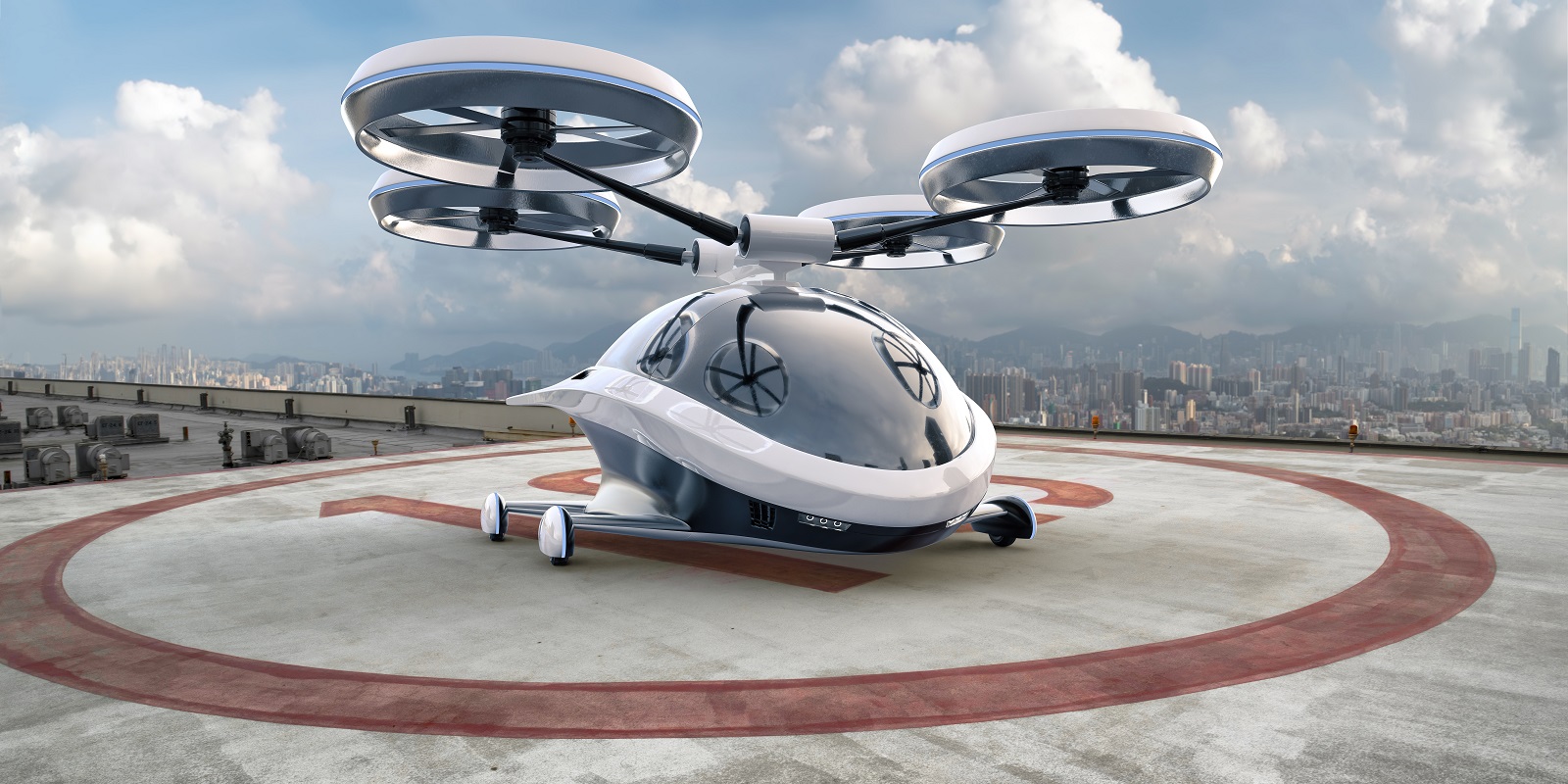
Concepts like the Terrafugia Transition and other VTOL (vertical take-off and landing) vehicles are making the dream of a flying car more plausible, aiming to decongest urban roads.
4. Hyperloop
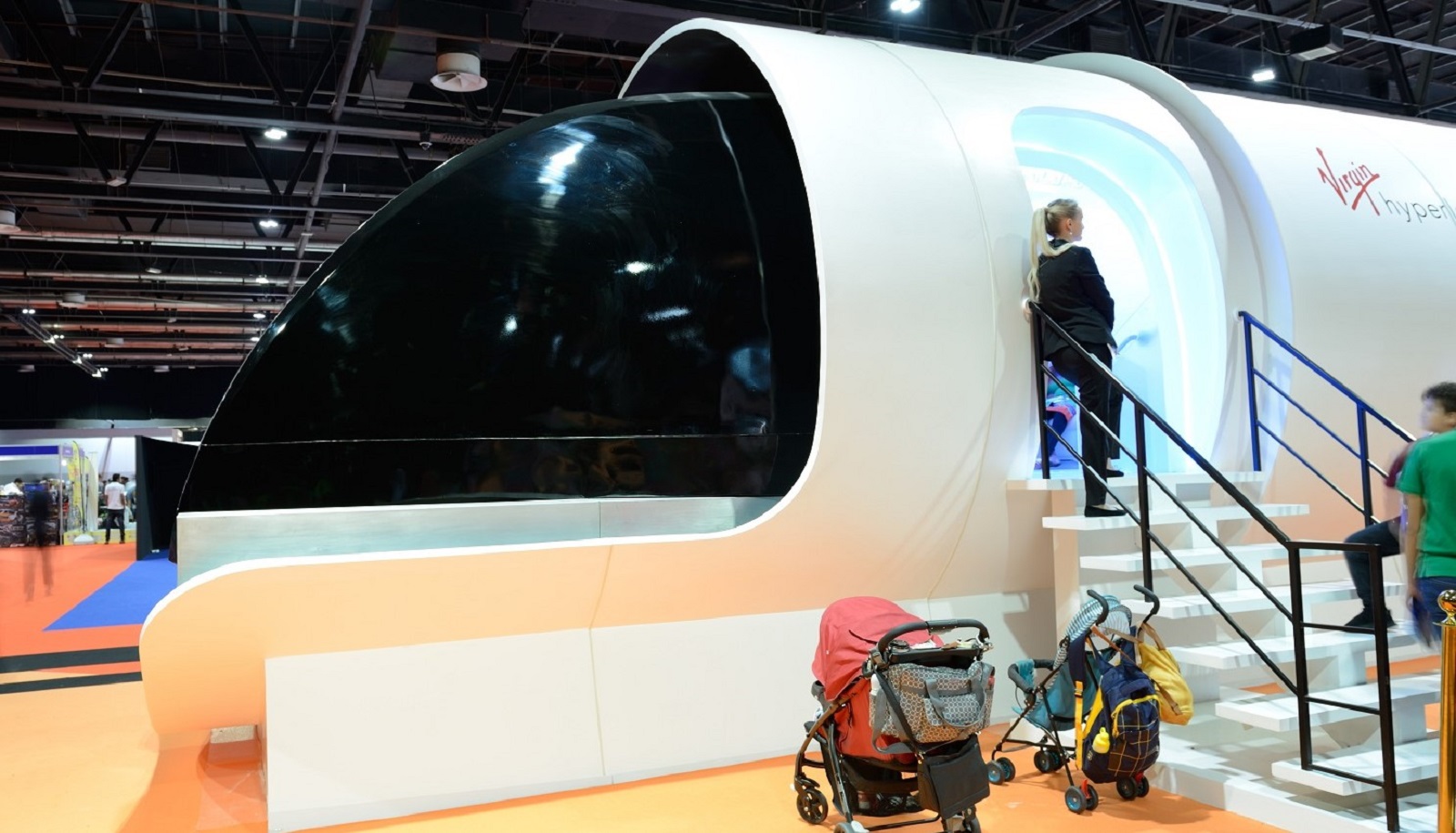
Proposed by Elon Musk, the Hyperloop could revolutionize long-distance travel, offering high-speed transportation that could reduce travel time between major cities from hours to minutes.
5. Maglev Trains
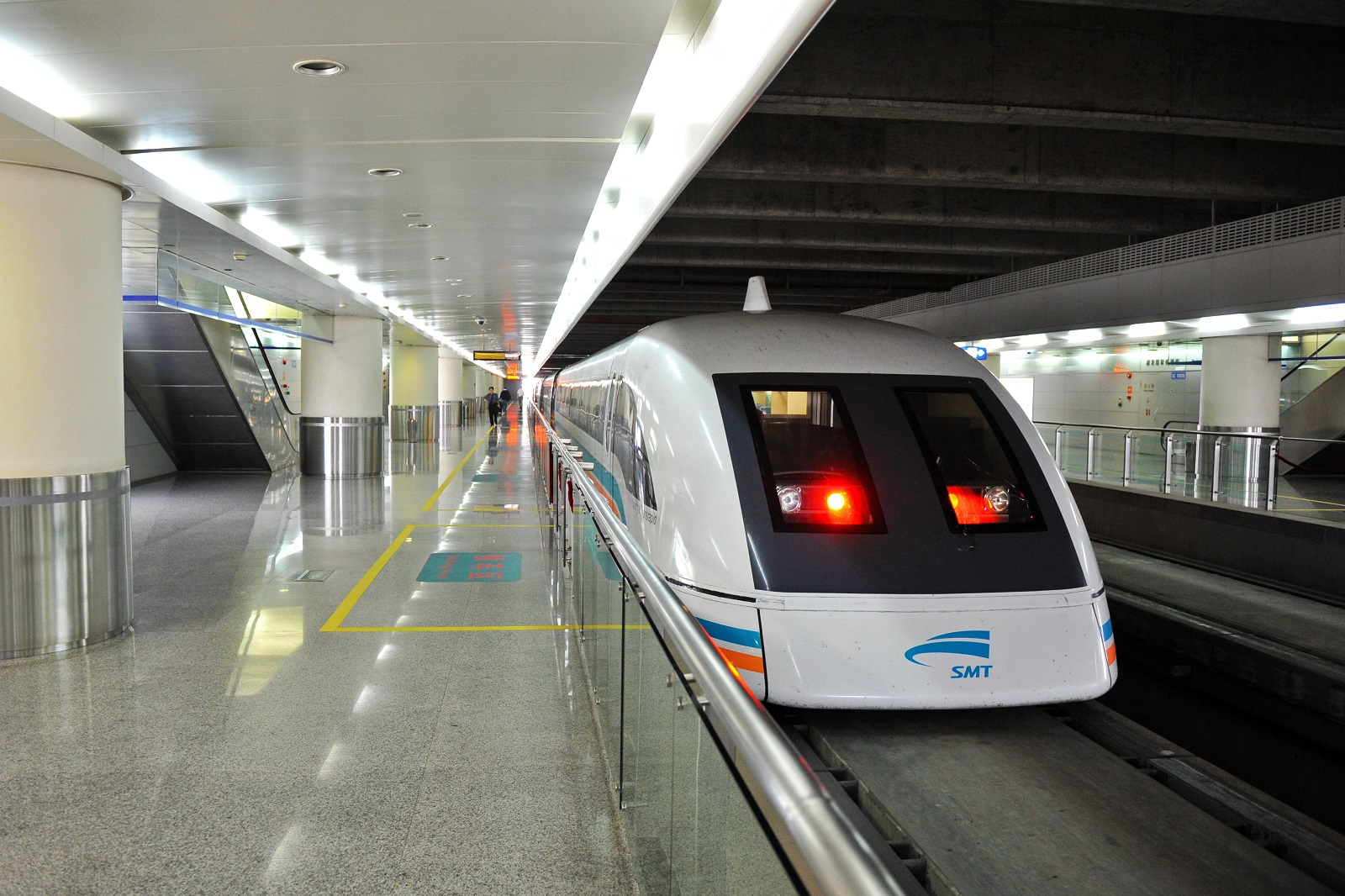
Magnetic levitation trains, already operational in countries like Japan, use magnetic forces for lift and propulsion, allowing for smoother and faster train rides.
6. Hoverbikes

The development of hoverbikes exemplifies how recreational and practical transportation can merge, providing a new form of personal mobility that skirts traffic entirely.
7. Solar-Powered Vehicles
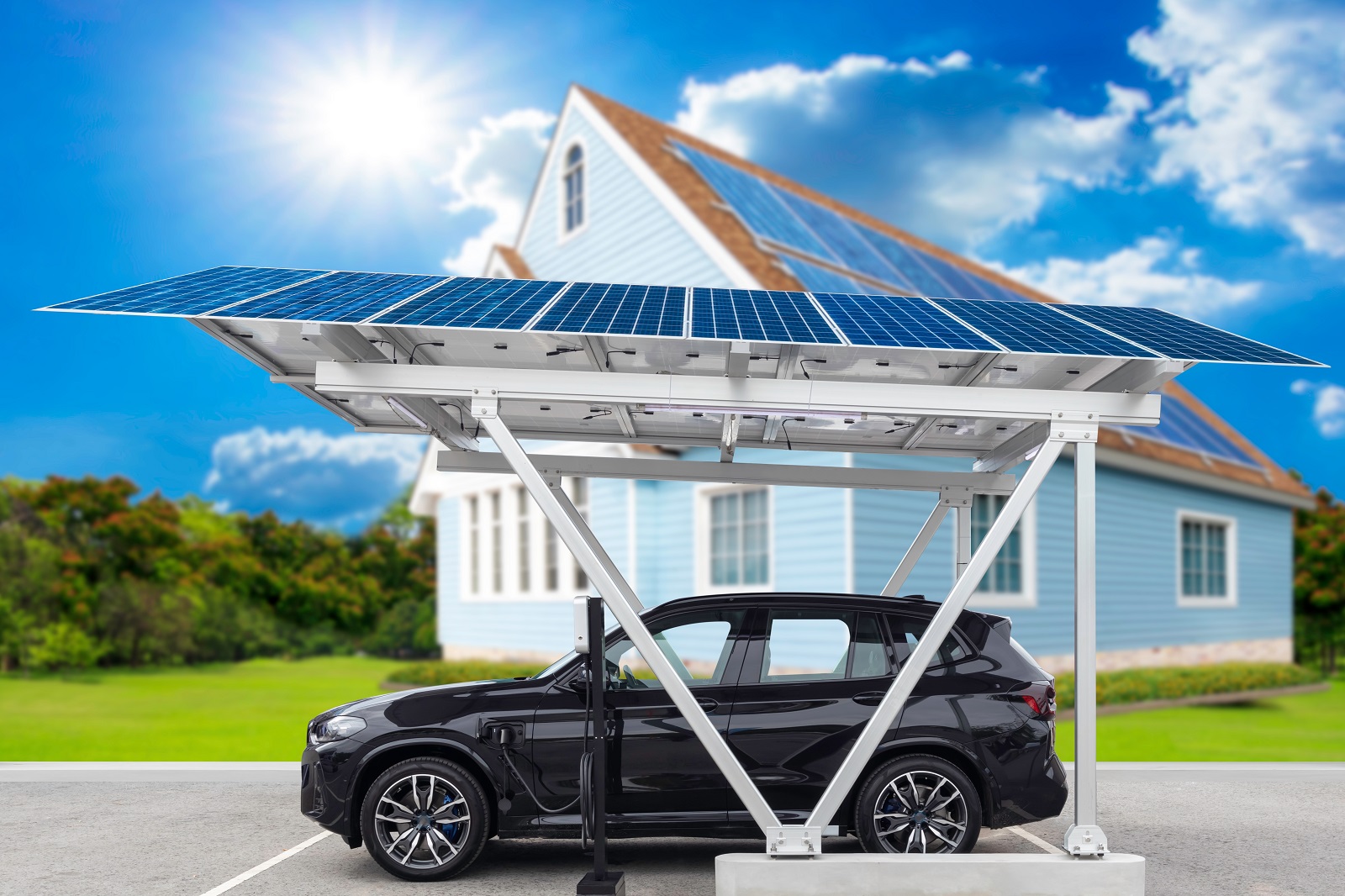
Solar cars use photovoltaic cells to convert sunlight into energy, promising a sustainable energy source that diminishes the environmental footprint of commuting.
8. Connected Cars

Vehicles that communicate with road infrastructure and other vehicles can optimize driving conditions, reduce traffic jams, and enhance safety.
9. Augmented Reality Dashboards

AR dashboards project information, navigation, and alerts directly onto the windshield, integrating real-time data overlays with the road ahead to enhance driving decisions.
10. Smart Roads

Roads embedded with sensors and smart technology can manage traffic flow and communicate with vehicles to warn of hazards, improving overall traffic safety.
11. Drones for Delivery
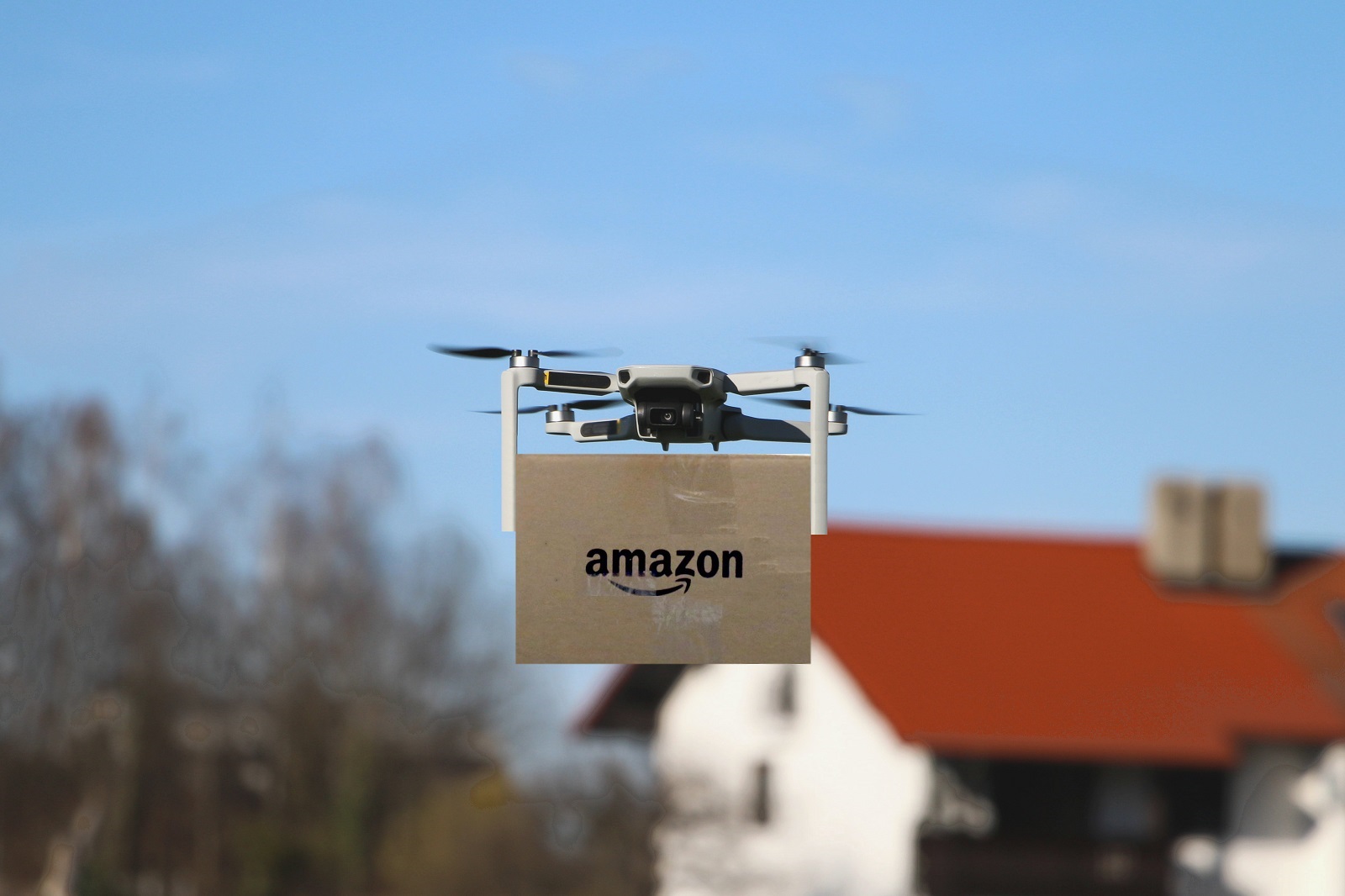
Drones are being used by companies like Amazon to deliver packages, which reduces delivery times and could decrease traffic and pollution associated with traditional delivery vehicles.
12. Robotic Parking Systems

Automated systems that park cars more compactly save space in urban environments and reduce the time drivers spend searching for parking spots.
13. Biometric Vehicle Access

Futuristic vehicles use biometrics like facial recognition or fingerprints to replace traditional keys, adding a layer of security and personalization.
14. Energy-Storing Body Panels

Researchers are developing body panels that can store energy, potentially replacing conventional batteries with lighter and more efficient alternatives.
15. Autonomous Public Transit
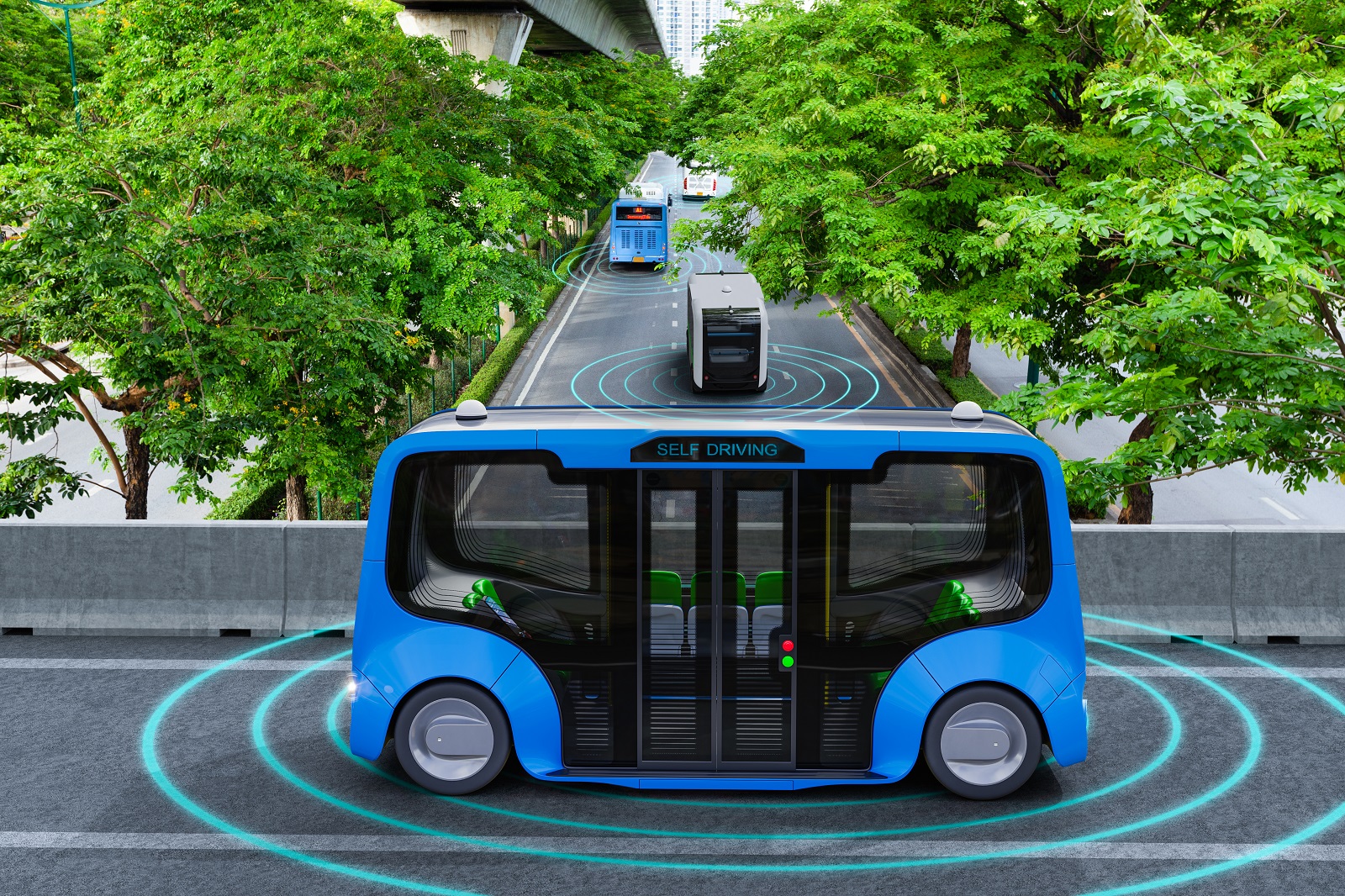
Self-driving buses and shuttles are being tested in various cities, offering a glimpse of a future where public transit operates more frequently and reliably due to automation.
16. Personal Rapid Transit (PRT)
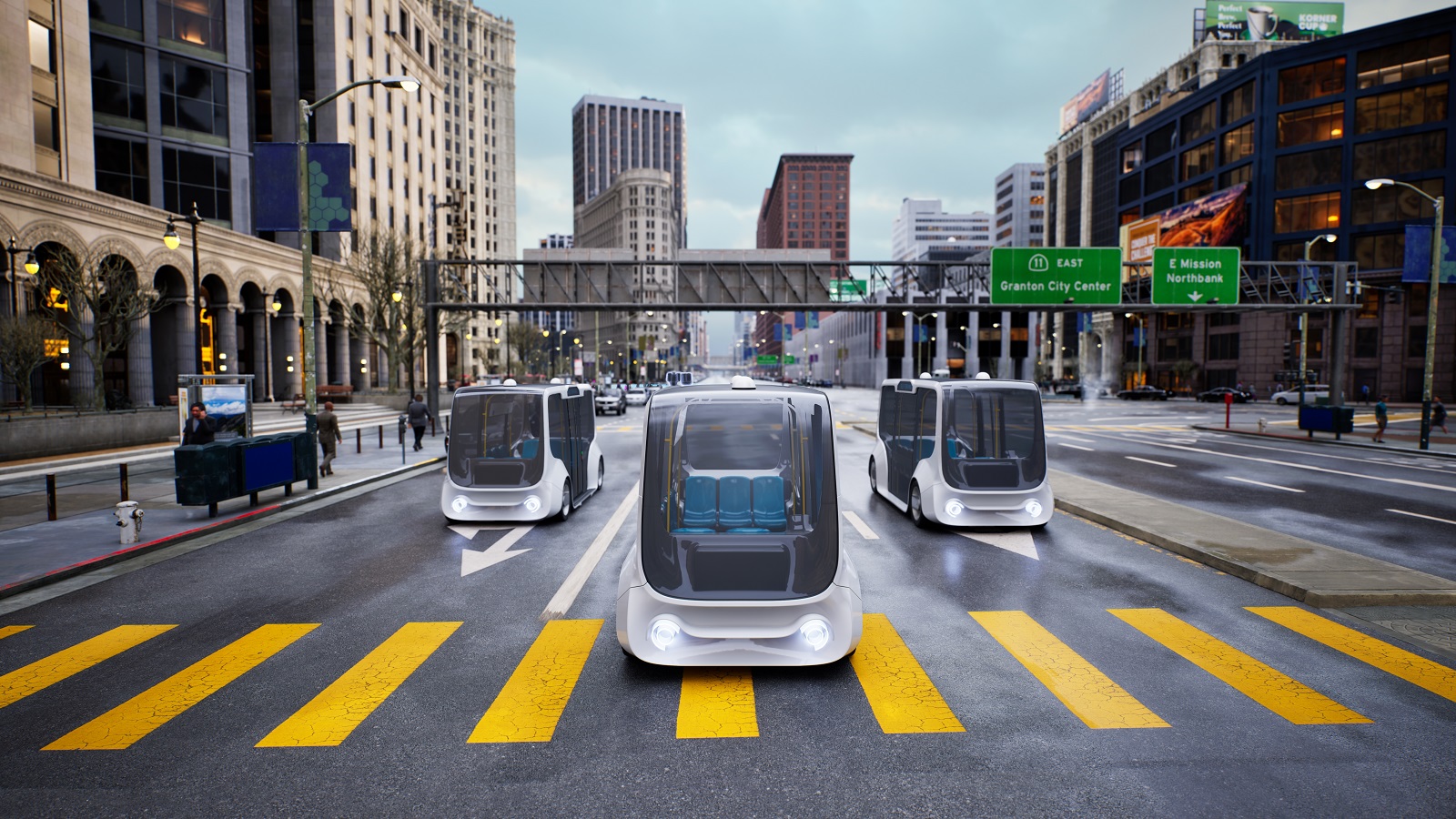
PRT systems consist of small automated vehicles operating on a network of specially built guideways, offering an efficient, on-demand alternative to traditional city buses.
17. Shape-Shifting Cars
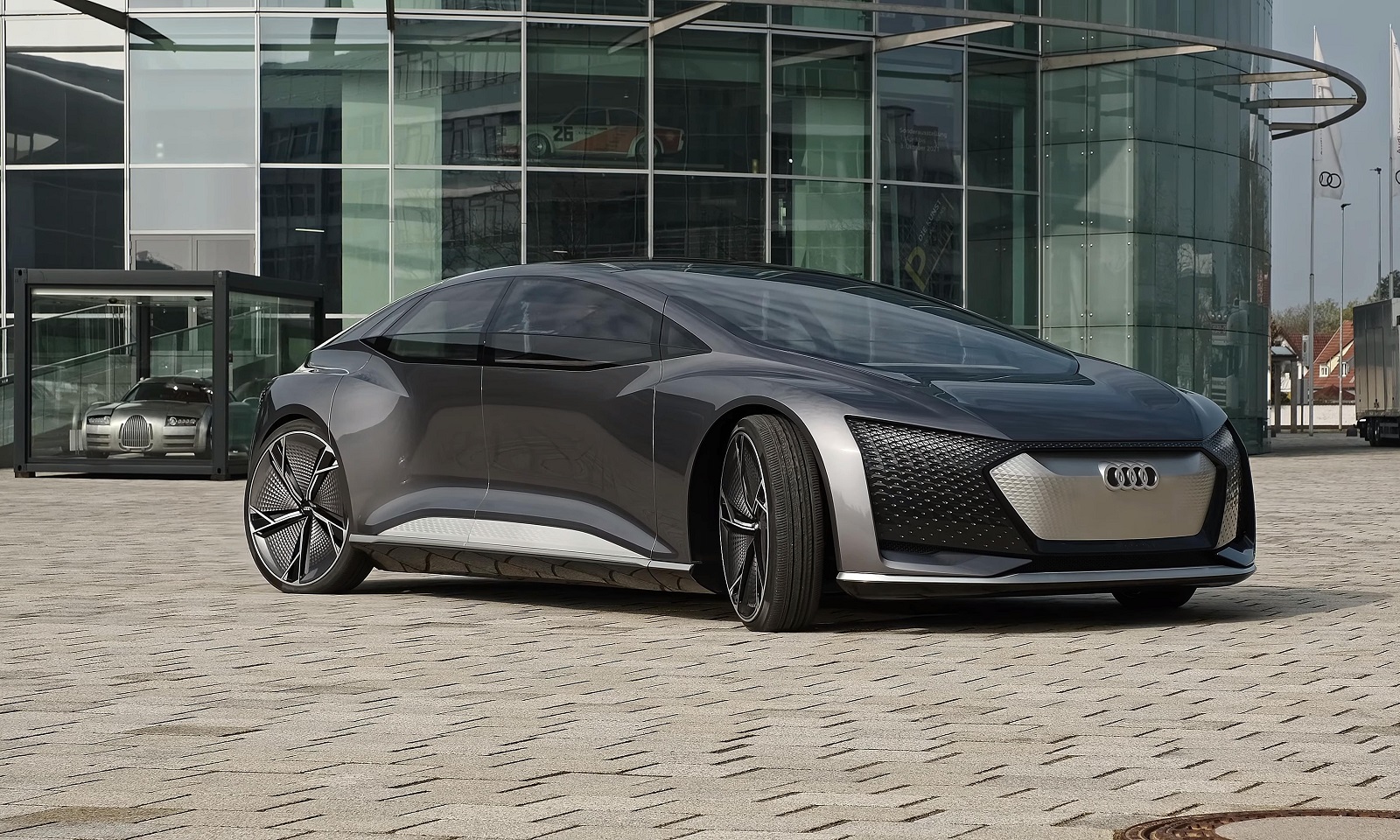
Concepts from BMW and other automakers explore vehicles that can change their shape to adapt to different driving environments and needs.
18. Internet of Vehicles (IoV)

The IoV is an extension of IoT applied to urban mobility, where vehicles and traffic systems integrate seamlessly into the web, optimizing everything from traffic management to vehicle maintenance.
Imagination to Reality
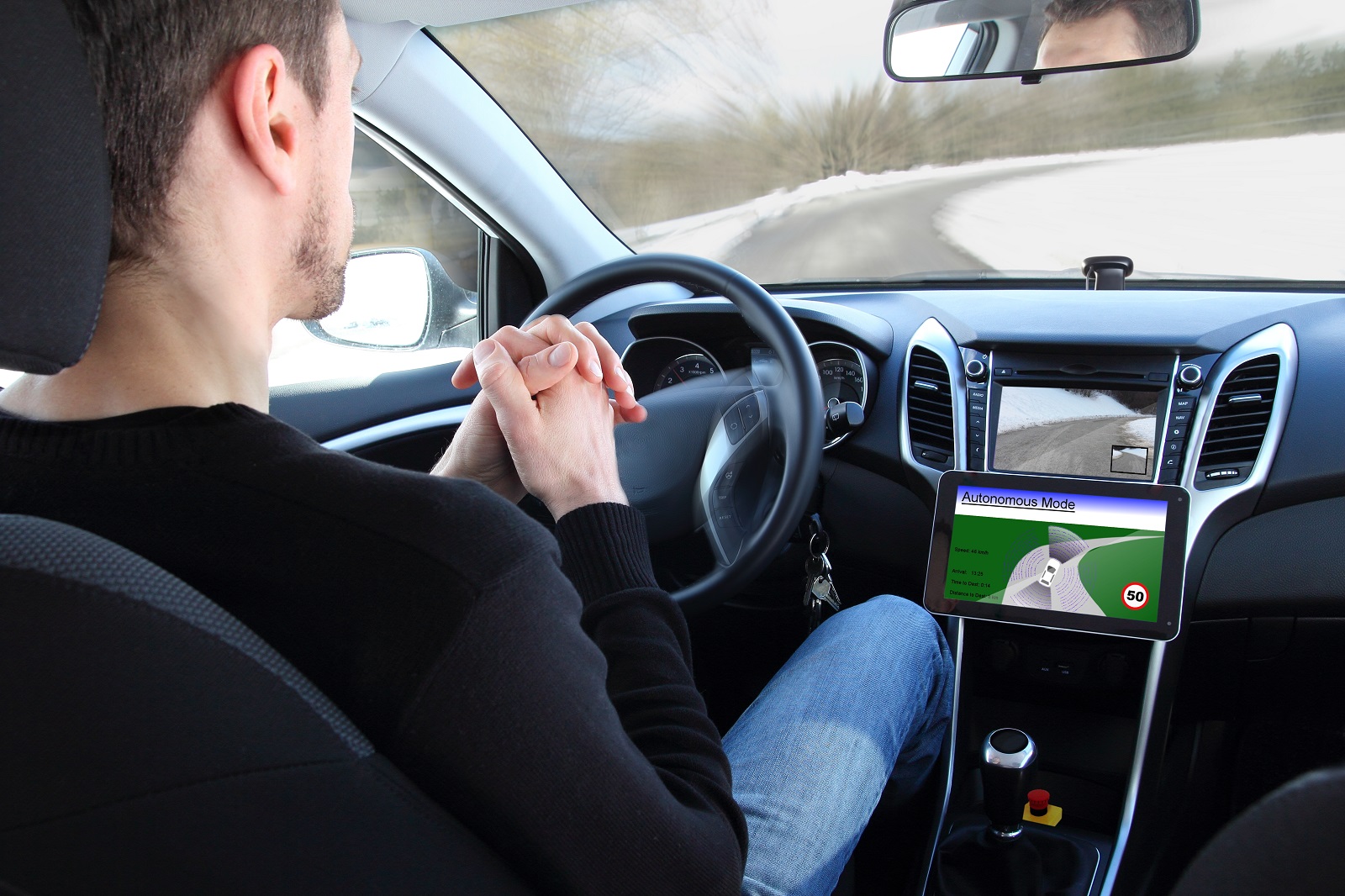
The rapid evolution from sci-fi imagination to reality in the field of futuristic vehicles is profoundly impacting everyday life. From enhancing mobility and safety to pushing the boundaries of environmental sustainability, these advancements are not just reshaping how we think about transportation—they are fundamentally transforming our societal landscape.
Featured Image Credit: Shutterstock / narai chal.
The content of this article is for informational purposes only and does not constitute or replace professional advice.
The images used are for illustrative purposes only and may not represent the actual people or places mentioned in the article.
For transparency, this content was partly developed with AI assistance and carefully curated by an experienced editor to be informative and ensure accuracy.
